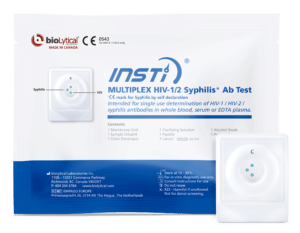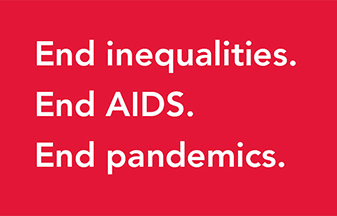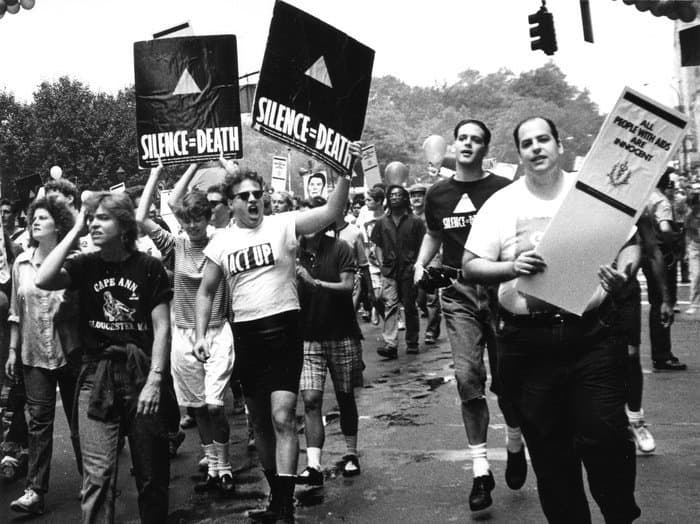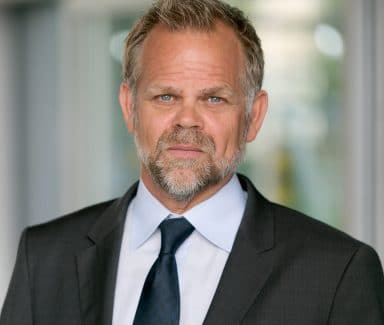World AIDS Day Story and History
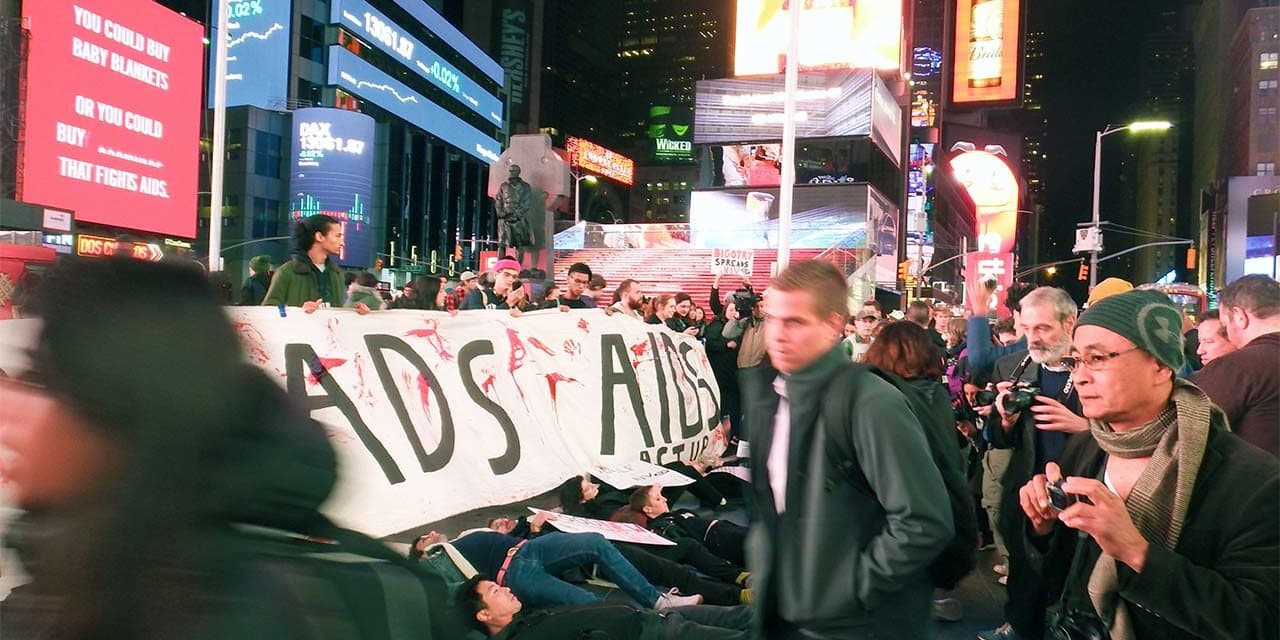
World AIDS Day was first observed on December 1st, 1988, to bring awareness to HIV and commemorate those affected by the disease. It was first initiated to capitalize on a gap in the media between the 1988 United States presidential elections and Christmas. James Bunn, a journalist who had taken a post at the WHO, believed that audiences would be drawn to the story after a long year of campaign coverage, offering something different.
The first World AIDS Day focused on children and youth, hoping to bring more awareness to the impact that HIV and AIDS had (and continues to have) on families. They hoped to expand from the commonly stigmatized groups and showcase that the disease can impact anyone.
In 1996, the initiative was taken over by Joint United Nations Programme on HIV/AIDS – UNAIDS, expanding the project’s scope to a year-round prevention and education campaign. In 2004, the World AIDS Day Campaign was registered as an independent, non-profit organization based in the Netherlands.
2018 was the initiative’s 30th anniversary and brought about the theme, “Know Your Status,” which continues to be used today to help bring attention to the work to reduce the stigma attached to the disease. This theme is a key part of the global community’s push to diagnose 90% of the world’s HIV population by 2030.


